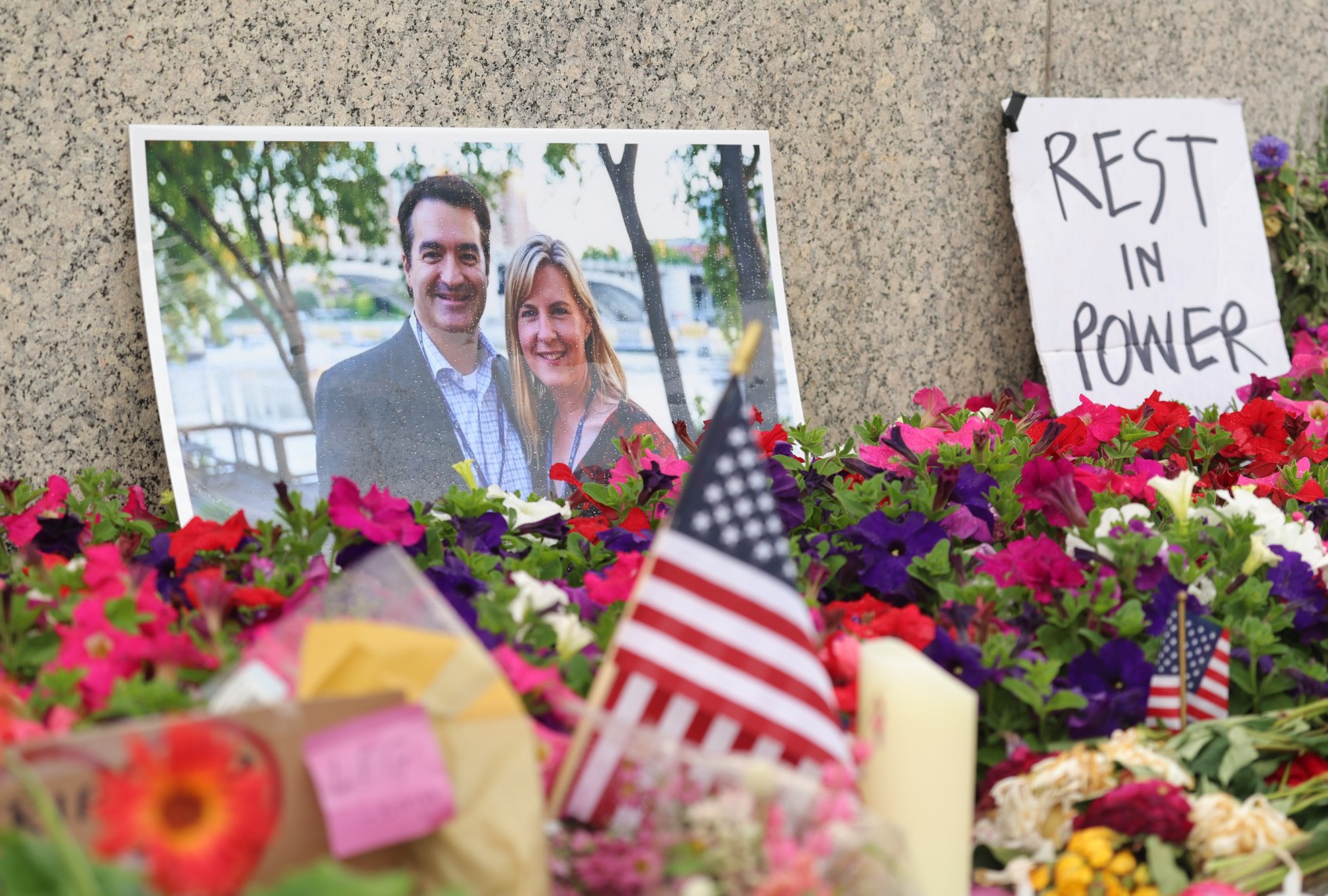Can Addressing Hostile Sexism Help Stop Political Violence?

Published: 2025-09-21 10:00:43 | Category: Trump GNEWS Search
This article explores the intersection of gender-based violence and violent extremism, highlighting how misogyny is often overlooked in national security threat models. Experts, including Cynthia Miller-Idriss, argue that gendered bigotry is a significant predictor of violent acts, linking it to incidents such as mass shootings and domestic violence. Understanding these connections is crucial for addressing and preventing violence effectively.
Last updated: 13 October 2023 (BST)
Key Takeaways
- Misogyny and gender-based bigotry are predictors of violent extremism.
- Many mass shootings stem from domestic violence, with a majority of perpetrators having a history of such violence.
- Gender-based violence is often siloed in national security discussions, hindering effective responses.
- Addressing hostile sexism in communities can help prevent cycles of violence.
- Educational resources are available to help parents and educators combat radicalisation among youth.
The Context of Violence and Gender
In recent years, discussions surrounding violent extremism have increasingly focused on the motivations and backgrounds of perpetrators. However, a significant aspect remains largely unexamined: the role of gender-based bigotry. The tragic assassination of Minnesota state Rep. Melissa Hortman and her husband, Mark, has renewed scrutiny on how gender issues intersect with political violence. Cynthia Miller-Idriss, a leading expert in the field, asserts that these events are not only attacks on progressive ideologies but also deeply rooted in misogyny and gender discrimination.
Understanding the Link Between Misogyny and Violent Extremism
According to Miller-Idriss, who leads the Polarization and Extremism Research & Innovation Lab (PERIL) at American University, the connection between misogyny and violent extremism is clear but often ignored. Studies indicate that attitudes towards gender roles and sexualities can push individuals toward radicalisation, creating a dangerous spectrum where domestic violence and mass violence overlap.
Statistics Highlighting the Issue
Research reveals alarming statistics about the prevalence of gender-based violence in mass shootings:
- Over half of mass shooters are targeting intimate partners.
- From 2014 to 2019, 59% of fatal mass shootings were linked to domestic violence.
- In 68% of these cases, the shooter had a history of domestic violence, indicating a strong correlation.
The Oversight in National Security Models
Despite the clear relationship between gender-based violence and extremist acts, national security threat models often fail to account for misogyny. The FBI and the Office of the Director of National Intelligence have categorised domestic violence and violent extremism into separate silos, complicating a comprehensive understanding of these issues.
Why Gender-Based Violence is Overlooked
The reasons for this oversight are multifaceted:
- Lack of incentives for law enforcement to document gender-based crimes.
- Challenges in prosecuting hate crimes associated with misogyny.
- Institutional separation between departments dealing with domestic violence and those focused on national security.
Addressing Hostile Sexism in Communities
To combat the cycle of political violence and extremist behaviour, Miller-Idriss emphasises the importance of addressing hostile sexism within communities. This can involve open discussions about gender perceptions and the narratives children encounter in media and social platforms.
Educational Initiatives to Foster Resilience
PERIL has developed resource kits aimed at various community stakeholders, including parents, educators, and faith leaders. These kits provide tools to help combat radicalisation and instil resilience against harmful gender narratives among youth.
Future Directions in Research and Policy
Miller-Idriss advocates for integrating misogyny into national security threat models, suggesting that domestic violence and extremist behaviours should be viewed as interconnected issues. This integration could enhance the effectiveness of interventions aimed at preventing violence.
Conclusion: A Call to Action
Understanding the links between misogyny, gender-based violence, and violent extremism is crucial for developing more effective strategies to combat these pressing issues. As communities grapple with rising political violence, it is essential to question how societal attitudes towards gender contribute to this cycle. By fostering open dialogues and educational initiatives, we can help dismantle the narratives that lead to extremist behaviours.
Engaging with these concepts is not only a responsibility for policymakers and experts but for everyone in the community. How can we collectively address and challenge the misogyny that underpins much of the violence we see today?
#GenderViolence #Extremism #CommunityAction
FAQs
What is the connection between misogyny and violent extremism?
Misogyny is often a precursor to violent extremism, as it can create a foundation for radicalisation. Experts argue that attitudes towards gender roles contribute significantly to violent behaviour, linking domestic violence and mass shootings.
How prevalent is gender-based violence in mass shootings?
Research shows that over half of mass shootings are connected to domestic violence, with many perpetrators having a history of such violence, highlighting a critical area of concern in national security.
What can communities do to combat hostile sexism?
Communities can engage in open discussions about gender perceptions and provide educational resources to help young people recognise and reject harmful narratives related to gender. This can foster resilience against radicalisation.
Why are gender-based crimes often overlooked in national security?
Gender-based crimes are frequently not documented or prosecuted effectively due to institutional separation between departments and a lack of incentives for law enforcement, leading to an absence of data on these issues.
What initiatives are available to help combat radicalisation?
Organisations like PERIL offer resource kits for parents, educators, and community leaders aimed at preventing radicalisation and addressing gender-based bigotry among youth through education and dialogue.



